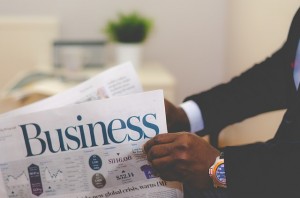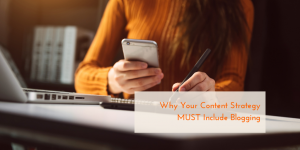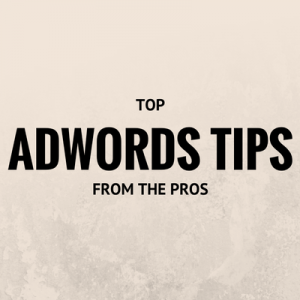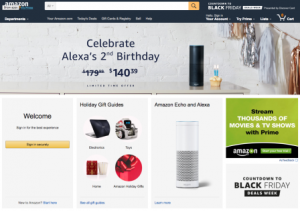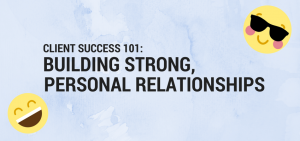How generative AI unlocks creativity in all professions
Creativity is being redefined, and Canva can help turn every employee into a designer
The past year has taught us a lot about the power of artificial intelligence and its impact on creativity. From the adoption of Canva’s Magic Studio suite of AI-powered tools, to insightful findings in our Marketing & AI Report and CIO Report, we have seen firsthand that AI has the potential to unlock ideas, streamline workflows, and save time across all roles and professions. Generative AI offers a shortcut to elevate creativity and free up valuable time to allow for more strategic thinking. Anyone can take advantage of this, whether they consider themselves “creative” or not.
I recently sat down with Kipp Bodnar, CMO of HubSpot, at SXSW in Austin, Texas, to discuss how creativity is changing in the AI age and showcase examples of how anyone, anywhere, can maximize its potential. While we have a long way to go to reach the full potential of AI at work, the early examples we discussed point toward a future of work that’s more visual and engaging than what we know now.
IN THIS VISUAL ERA, CREATIVITY IS BEING REDEFINED
Democratizing creativity has always been core to Canva’s mission, and we’re driven to empower everyone and every workplace with access to the creative tools they need to achieve their goals. With the rise of the visual economy and shifts in how people work, the demand for this has only increased.
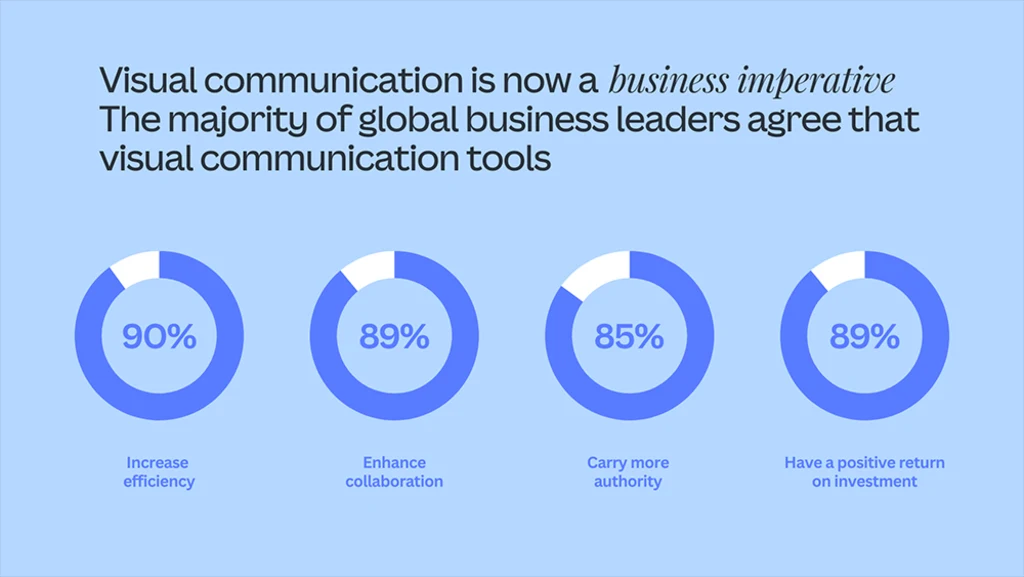
Traditionally, creative work has been defined as visual work, design, and art—but technology (from desktop computers to painting pigments) has always played a role in shaping how people express their creativity. It’s now generative AI’s turn to change who and what is considered creative. Ideas flourish when we’re freed up from more menial, repetitive tasks, freeing up time to think about problems or topics more strategically.
AI EMPOWERS EVERYONE TO BE MORE CREATIVE
Adding AI into your workflow is a powerful tool for growing your confidence to take on creative tasks that you might not otherwise have attempted. Previously, sales, finance, or engineering professionals might have had no interest or need to create engaging, visual reports, but now they’re using AI to build presentations or write a first draft of projects from scratch.
AI can also infuse creativity into simple daily tasks, like sending an email, in ways that were previously impossible. Kipp shared how he’s written emails and asked AI to read and interpret it from the perspective of his target audience, such as an owner of a 100-person manufacturing company. It allows him to avoid the trap of being siloed in his own perspective and tell a better story that will resonate with the reader.
It’s the same for traditional creatives too. An artist or designer’s role may shift from manually designing materials to leading teams or guiding AI models to design things a certain way. Our Marketing and AI Report showed that most creatives have embraced AI to fuel their work—an overwhelming 97% of people surveyed shared they’re comfortable with the rise of generative AI because it allows them to leave the busywork behind. The value of these time savings is that they help them achieve greater goals and do things at a higher quality.

IT’S EARLY DAYS, BUT AI IS ALREADY MAKING A DIFFERENCE
Our team of 4,500+ people at Canva already embraces AI in their day-to-day work. Our People Team holds a large internal conference each year, and most recently, they used Magic Switch to turn Whiteboards into Docs to summarize team brainstorms, then used AI to translate everything to make it accessible to non-English-speaking team members based in China.
We’ve even seen Canvanauts working on the bleeding edge of our technology stack able to utilize the benefits of this new wave of AI tools:
For the past decade, we’ve seen small business owners, nonprofits, educators, content creators, and more recently, global teams and enterprises use Canva to tap into a new level of creativity without the help of a professional designer. Since introducing Canva three years ago, HubSpot has rolled out our suite of AI tools, and they’ve become a go-to resource for nearly every department, with more than 1,000 HubSpotters adopting Canva as a “self-serve creativity model.”
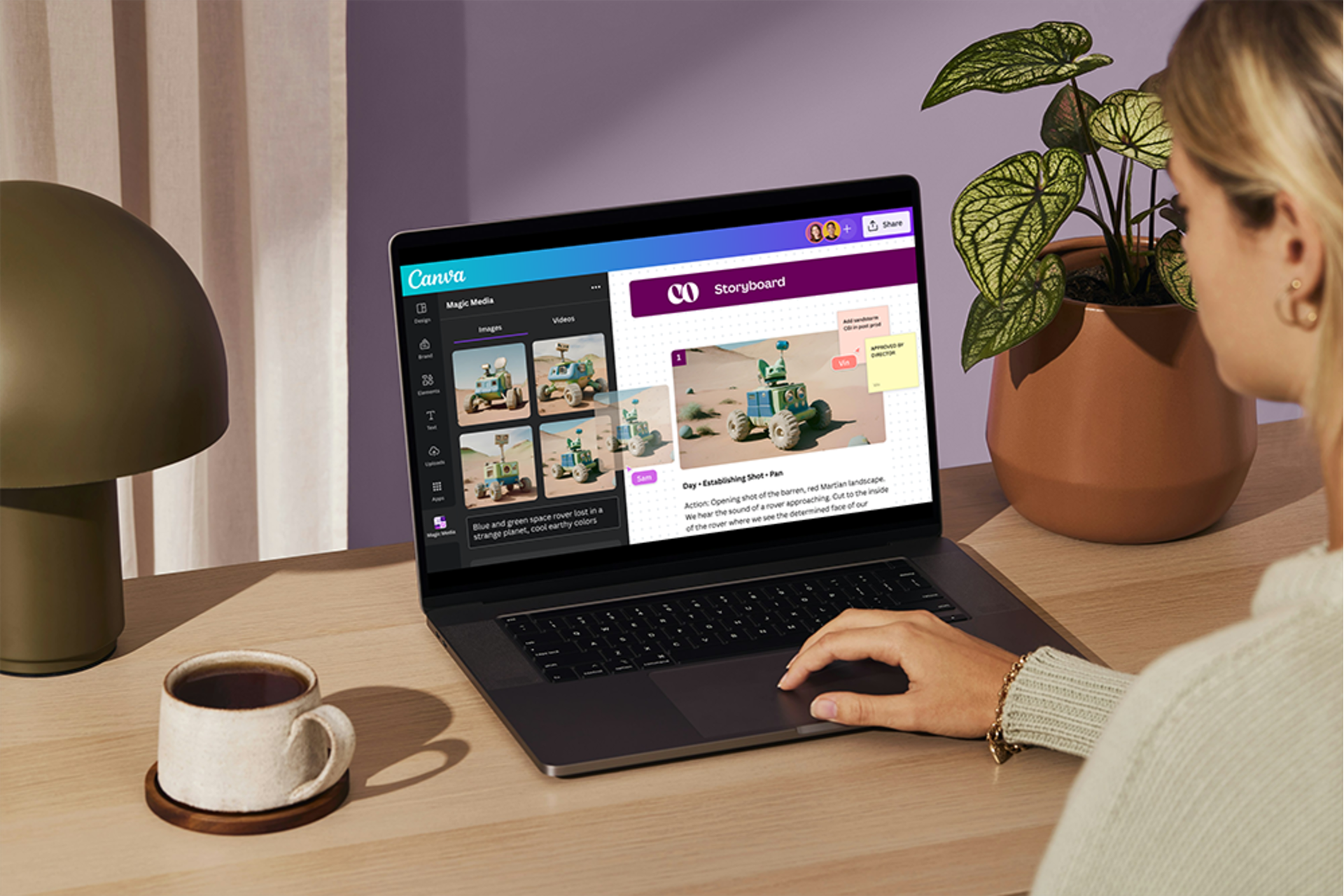
We’re incredibly proud to see how our community is deploying our AI tools for greater impact. For New Zealand-based design and creativity agency Obvious Brand Partners, that meant leveraging Canva AI to produce a visual campaign for Alzheimer’s New Zealand.
Insights showed that doing creative tasks is one of the two main tactics in preventing dementia, so together, they devised Create for Dementia, a peer-to-peer fundraising campaign encouraging people to take on a creative challenge to raise funds.
What came to life was a visually-rich campaign that used AI end-to-end; from generating graphics, photos, and illustrations with Magic Media to cutting promotional videos with Magic Design for Video, followed by Magic Write and Magic Design for post-campaign reporting. As a result, the organization successfully reached a younger demographic due to their new approach and raised four times the usual amount of funds. In addition, Obvious empowered Alzheimer’s New Zealand to embrace AI-powered creativity by setting up Canva to use for themselves.

AI WILL HELP HUMAN CREATIVITY EVOLVE
We’ve seen a huge evolution in the past six months alone, but we still have a long way to go in terms of mass AI adoption, as business leaders navigate how to upskill their workforces and implement AI safely. During this process, we’ll find a way to shape this technology and evolve our workflows to maximize its potential.
In our chat, Kipp and I agreed that AI chatbots are just the beginning. Prompt engineering is a good skill to have right now, but as product builders we need to offer people better tools for interacting with these powerful technologies. We all do better when we have something to start with, and I think that the skill of editing—being a great editor—will become one of the most valuable weapons in your arsenal, as we interweave AI outputs with human editing to hone a new type of creative process.

LOOKING TO THE FUTURE
Without a doubt, 2024 is a make-or-break year for AI in the enterprise, where speculation and hype will need to be translated into genuine, tangible results. We know 94% of CIOs surveyed in our recent CIO Report plan to increase their spending on AI this year and are looking for tools that fit into existing workflows while making them faster, more visual, and more impactful.
I’m incredibly excited about AI’s opportunities for elevating creativity in every profession, and its ability to turn every employee into a designer and a creative.
This article originally appeared on the Canva Newsroom.
(16)
Report Post
